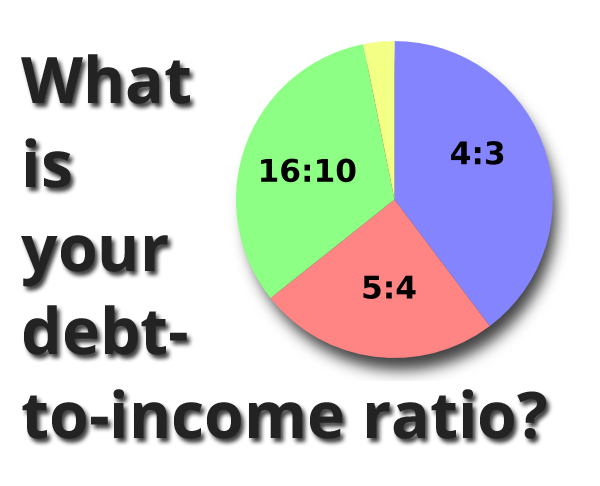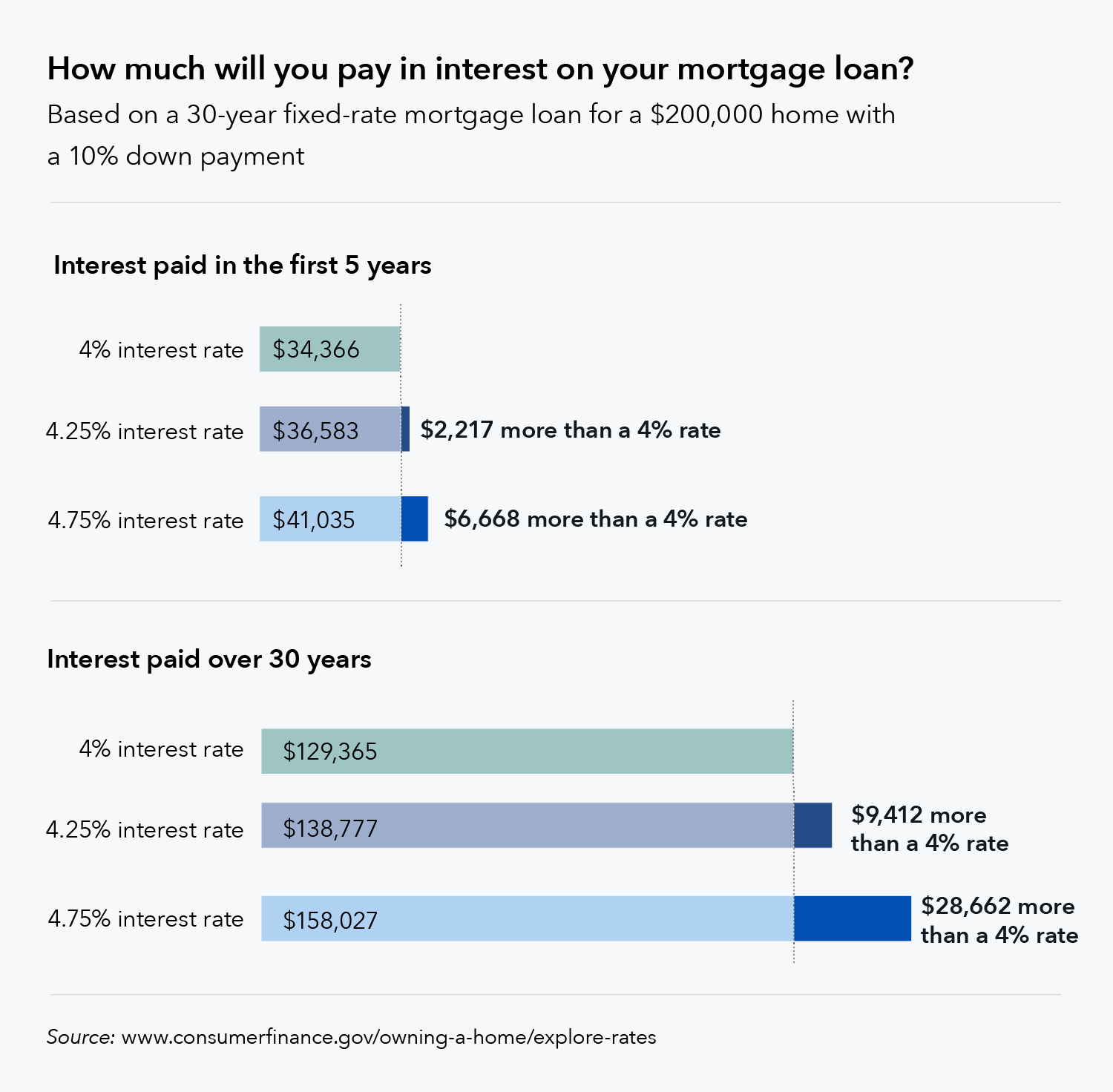However the scars of the crisis are still noticeable in the American real estate market, which has undergone a pendulum swing in the last years. In the run-up to the crisis, a housing surplus triggered home loan lenders to provide loans to anybody who could mist a mirror just to fill the excess inventory.
It is so stringent, in reality, that some in the real estate market think it's contributing to a housing scarcity that has actually pressed home prices in many markets well above their pre-crisis peaks, turning younger millennials, who came of age throughout the crisis, into a generation of occupants. "We're actually in a hangover stage," stated Jonathan Miller, CEO of Miller Samuel, a realty appraisal and seeking advice from firm.
[The marketplace] is still misshaped, which's because of credit conditions (find out how many mortgages are on a property)." When loan providers and banks extend a home loan to a property owner, they generally don't earn money by holding that home mortgage in time and gathering interest on the loan. After the savings-and-loan crisis of the late 1980s, the originate-and-hold model became the originate-and-distribute design, where lenders release a mortgage and sell it to a bank or to the government-sponsored business Fannie Mae, Freddie Mac, and Ginnie Mae.
Fannie, Freddie, Ginnie, and financial investment banks purchase thousands of home mortgages and bundle them together to form bonds called mortgage-backed securities (MBSs). They sell these bonds to investorshedge funds, pension funds, insurance business, banks, or simply rich individualsand utilize the proceeds from offering bonds to buy more home loans. A homeowner's monthly home mortgage payment then goes to the bondholder.
Rumored Buzz on How Many Mortgages To Apply For
But in the mid-2000s, lending requirements eroded, the real estate market became a huge bubble, and the subsequent burst in 2008 affected any financial organization that purchased or released mortgage-backed securities. That burst had no single cause, however it's simplest to begin with the homes themselves. Historically, the home-building industry was fragmented, made up of small building companies producing homes in volumes that matched regional demand.
These business developed homes so rapidly they outmatched need. The outcome was an oversupply of single-family houses for sale. Home loan lending institutions, which make money by charging origination Visit this link charges and Additional info thus had an incentive to compose as lots of home loans as possible, responded to the glut by attempting to put purchasers into those houses.

Subprime home mortgages, or home mortgages to individuals with low credit rating, exploded in the run-up to the crisis. Down payment requirements slowly decreased to nothing. Lenders started disregarding to earnings confirmation. Quickly, there was a flood of risky kinds of home loans developed to get people into houses who could not usually manage to purchase them.
It provided borrowers a below-market "teaser" rate for the very first two years. After 2 years, the interest rate "reset" to a greater rate, which frequently made the regular monthly payments unaffordable. The idea was to refinance before the rate reset, but many homeowners never ever got the chance before the crisis began and credit became unavailable.
Fascination About Why Do Holders Of Mortgages Make Customers Pay Tax And Insurance
One study concluded that investor with great credit report had more of an effect on the crash because they were willing to offer up their financial investment residential or commercial properties when the marketplace started to crash. They actually had higher delinquency and foreclosure rates than customers with lower credit ratings. Other data, from the Home Mortgage Bankers Association, analyzed delinquency and foreclosure starts by loan type and found that the greatest jumps by far were on subprime mortgagesalthough delinquency rates and foreclosure starts increased for every kind of loan during the crisis (what lenders give mortgages after bankruptcy).
It peaked later, in 2010, at practically 30 percent. Cash-out refinances, where house owners refinance their home mortgages to access the equity developed in their houses with time, left house owners little margin for error. When the market started to drop, those who had actually taken money out of their homes with a refinancing unexpectedly owed more on their homes than they were worth.
When house owners stop paying on their mortgage, the payments also stop streaming into the mortgage-backed securities. The securities are valued according to the expected mortgage payments coming in, so when defaults began accumulating, the worth of the securities plummeted. By early 2007, individuals who worked in MBSs and their derivativescollections of financial obligation, consisting of mortgage-backed securities, charge card debt, and auto loans, bundled together to form brand-new kinds of financial investment bondsknew a disaster was about to occur.
Panic swept throughout the monetary system. Banks were scared to make loans to other organizations for fear they 'd go under and not be able to repay the loans. Like property owners who took cash-out refis, some companies had obtained heavily to invest in MBSs and might quickly implode if the marketplace dropped, particularly if they were exposed to subprime.
Little Known Questions About What Is Minimum Ltv For Hecm Mortgages?.
The Bush administration felt it had no choice but to take control of the business in September to keep them from going under, but this just caused more hysteria in monetary markets. As the world waited to see which bank would be next, suspicion fell on the financial investment bank Lehman Brothers.
On September 15, 2008, the bank applied for bankruptcy. The next day, the government bailed out insurance coverage giant AIG, which in the run-up to the collapse had actually released incredible amounts of credit-default swaps (CDSs), a type of insurance coverage on MBSs. With MBSs suddenly worth a fraction of their previous worth, bondholders desired to collect on their CDSs from AIG, which sent the business under.
Deregulation of the monetary industry tends to be followed by a financial crisis of some kind, whether it be the crash of 1929, the cost savings and loan check here crisis of the late 1980s, or the real estate bust ten years back. But though anger at Wall Street was at an all-time high following the events of 2008, the monetary industry got away fairly untouched.
Lenders still sell their home mortgages to Fannie Mae and Freddie Mac, which still bundle the home mortgages into bonds and sell them to financiers. And the bonds are still spread throughout the financial system, which would be vulnerable to another American real estate collapse. While this understandably elicits alarm in the news media, there's one key difference in housing financing today that makes a financial crisis of the type and scale of 2008 unlikely: the riskiest mortgagesthe ones without any down payment, unproven earnings, and teaser rates that reset after 2 yearsare simply not being written at anywhere close to the same volume.
Rumored Buzz on What Lenders Give Mortgages After Bankruptcy

The "competent home mortgage" provision of the 2010 Dodd-Frank reform expense, which entered into result in January 2014, provides lending institutions legal security if their home loans fulfill certain security arrangements. Competent mortgages can't be the type of risky loans that were provided en masse prior to the crisis, and customers need to satisfy a specific debt-to-income ratio.
At the exact same time, banks aren't releasing MBSs at anywhere near the exact same volume as they did prior to the crisis, because financier demand for private-label MBSs has actually dried up. how does bank know you have mutiple fha mortgages. In 2006, at the height of the real estate bubble, banks and other personal institutionsmeaning not Freddie Mac, Fannie Mae, or Ginnie Maeissued more than half of MBSs, compared to around 20 percent for much of the 1990s.